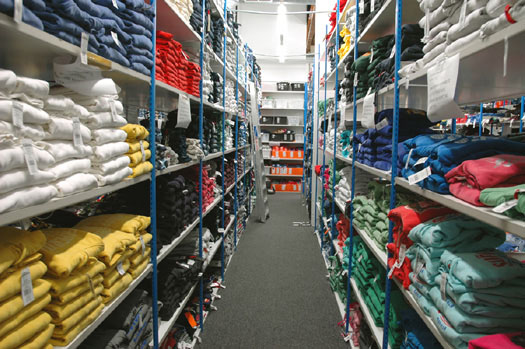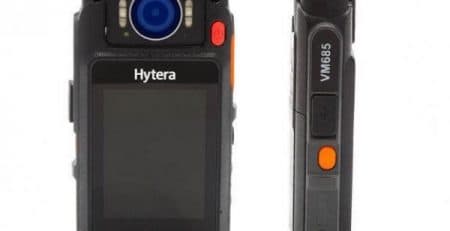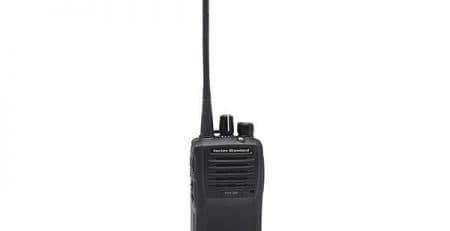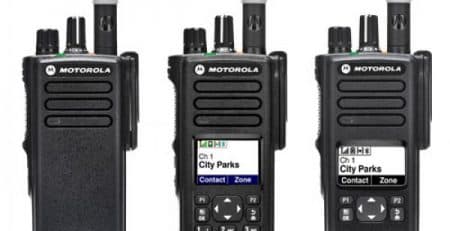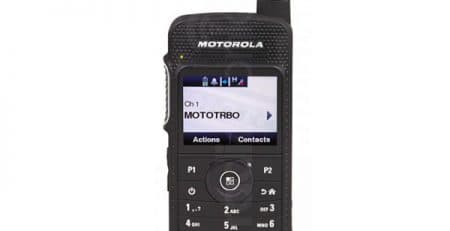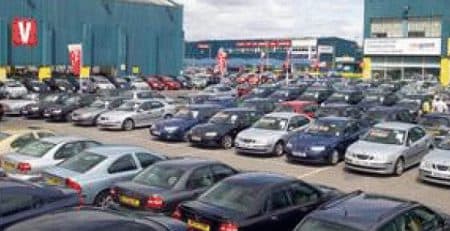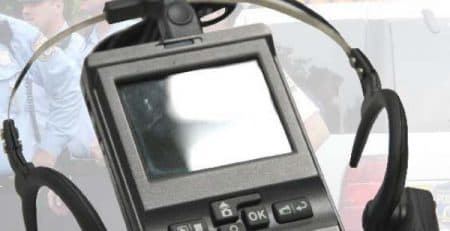When It Goes Wrong It Goes Wrong – Health and Safety in Retail Stores
In 2017, household goods giant Wilko was fined £2.2 million after an incident at its Leicester store left a 20-year-old female worker paralysed after a cage full of paint tins fell on her.
The worker, Corisande Collins, suffered the injuries as a result of trying to manoeuvre the “heavily laden metal cage” out from an uneven lift floor.
Wilko Retail Ltd acknowledged four breaches of health and safety legislation – and the fact that employees were not provided with adequate training or supervision.
Then in 2018, WHSmith was fined £337,500 after a customer – aged 64 – fell through a trapdoor that had been left open by staff gathering items from the storage area in the basement. Staff were supposed to keep customers away but had not done their due diligence. The lady was left with life-changing injuries after the 9.8ft drop and reportedly underwent three operations.
These horrific accidents could and should have been avoided. In both instances, staff were aware of the problems but failed to communicate them – or communicate them effectively. With the right communications in place, both Wilko and WHSmith could have improved health and safety in their retail stores.
The responsibilities of the employer
The Health and Safety at Work 1974 Act requires employers to ensure the health and safety of employees and anyone who may be affected by their work, so far as is responsibly practicable. This includes steps to control slip and trip risks.
And yet, slips, trips and falls from height are the single biggest cause of retail accidents. Slips and trips can, of course, be minimised by keeping floors dry and clean (i.e. free of debris and wires) but what if there’s a spillage of an oily, slippery substance and it’s not communicated right away? Also, what about the safety of those working at heights using a ladder now planted on a slippery surface?
Then there’s merchandise that may be stacked incorrectly or heavy. If these stacks fall people could be injured, while heavy stacks could cause shelves to collapse. Shop assistants will no doubt need additional assistance (or even a forklift) to carry these items – but during peak periods, little thought is given to how an item is handled… it just needs to get to the customer!
Lastly, what about crime? We’ve spoken about shoplifting in retail stores previously but clamping down on it is necessary to improve health and safety.
Clearly, in some retail stores, there’s a disconnect between in-store health and safety and performance. For many retailers, the focus is on inventory and its delivery – not the safety of employees.
This article by The Guardian on the conditions at Amazon warehouses is a telling.
But how can these health and safety issues in retail be addressed?
In-store retail health and safety training programmes will help to lay the foundation for good practice – but ensuring incidents are controlled requires real-time communication.
And digital two-way radios are the perfect solution. They provide:
- real-time communication site-wide,
- support individual communication channels for different teams,
- include man down and lone worker functions to maximise employee safety,
- have GPS tracking
- and are rugged and durable enough to survive an entire shift without charge.
1) So, how can two-way radios be used for health and safety in retail?
For example, the moment there’s a spillage anywhere in the store – a shop assistant can pull out their two-way radio, relay the situation to everyone on a “general” channel and then connect to the channel designated to the “cleaning and maintenance” team and let them know.
Also, if stacks of merchandise are dangerously high and/or heavy, shop assistants can let the rest of the team know – ensuring no more merchandise is added to those stacks, only taken away – as well as aid those picking from those stacks.
2) What about those working in large retail stores?
For those working alone in larger retail stores – they can enable the “lone worker” function on their two-way radio. At designated intervals, the radio will send out a signal or alarm to control or a supervisor who oversees all activity from a display. The controller/supervisor will check-in to see if the worker is OK – and the worker must confirm and turn off the alarm. Should the worker fail to respond, the controller/supervisor can send help.
3) Falls from height or falling objects?
Furthermore, if a worker is knocked unconscious, either by falling from a height or being hit by a falling object as a result of stacked shelves, man down will be activated (it’s a tilt-switch which detects whether the user is moving or the radio is positioned at an unusual or horizontal angle for a specified time), sending out an alarm.
4) What about crime?
There are plenty of discreet two-way radio options available, all of which can be used handsfree with Bluetooth earpieces (so thieves have no idea staff are onto them). For more information on how two-way radios can improve retail security, check out this blog.
5) And if there’s an emergency?
Two-way radio emergency dispatch can be connected to the police of ambulance services for rapid response to incidents. Combined with real-time communication, GPS tracking and man down, two-way radios can improve worker (and customer) health and safety significantly – and minimise the number of incidents.
The real-time communication solution for retail health and safety
With two-way radios, communicating problems within the store is no longer a challenge. In fact, with two-way radios, workers will be more productive and safer – achieving the seemingly “difficult” balance retail store owners so desperately need.
If you’re interested in hiring two-way radios for your retail operation – we would recommend reading this guide to get all the information you need.

